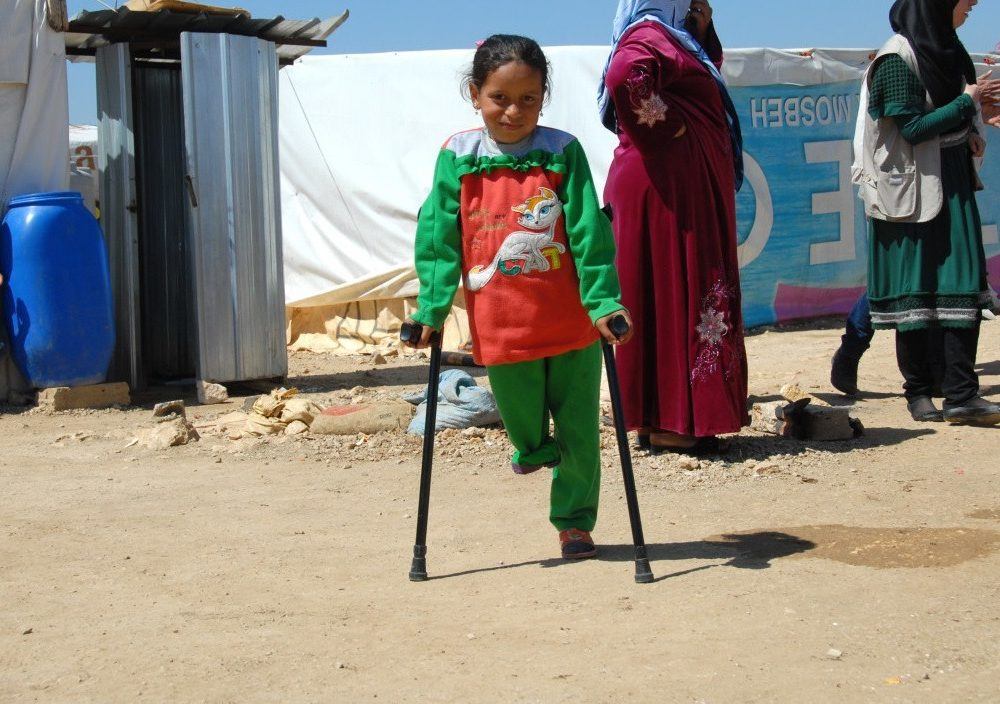
Help the most vulnerable victims of the Syrian refugee crisis
Helping people caught up in a devastating conflict
Syria has been plunged into chaos for more than three years. Millions of people have been forced to flee from the violence. They include injured and disabled people who are unable to access humanitarian aid. Handicap International has been helping victims of the conflict since spring 2012, and its team currently consists of over 450 people.
Project Background and needs
- According to the United Nations, 9.3 million people need assistance inside Syria.
- 6.5 million people displaced inside Syria; 2.4 million Syrian refugees living in host countries, including 571,000 in Jordan and 920,000 in Lebanon, of whom over 85,000 have serious injuries.
- Difficulties supplying international humanitarian aid due to poor access and administrative obstacles.
Main goal of the project
Helping people caught up in a bloody conflict, particularly the most vulnerable, including people with disabilities, to ensure they are not excluded from the human aid effort.
Beneficiaries
Direct beneficiaries: more than 180,000 people since the start of the conflict
- 1,008 people fitted with prostheses and orthoses
- 17,082 beneficiaries of rehabilitation sessions
- 19,370 beneficiaries of mobility aids and special equipment distributed by the organisation
- 2,879 beneficiaries of psychosocial support sessions
- 7,794 families benefitting from financial aid
- 19,322 beneficiaries of risk prevention actions related to mines and explosive remnants of war
- 11,059 families benefiting from the distribution of food and non-food items.
Project in detail
Actions in aid of beneficiaries:
- Caring for the injured in health centres: post-operative physical rehabilitation, supplying adapted orthopaedic devices (prostheses and orthoses), donating mobility aids (wheelchairs, walking frames, etc.) and specific equipment (anti-sore mattresses, toilet chairs, etc.).
- Deployment of permanent and mobile “disability and vulnerability focal points”: identification of people with disabilities or the highly vulnerable, light care of superficial wounds, physical rehabilitation sessions, supply of orthopaedic devices and mobility aids, psychosocial support (individual support and discussion groups).
- Material and financial aid: distribution of hygiene products, food items, mattresses, blankets, cooking equipment for new arrivals in refugee camps, financial support for families.
- Public prevention actions: risk education on mines and explosive remnants of war in camps and communities.